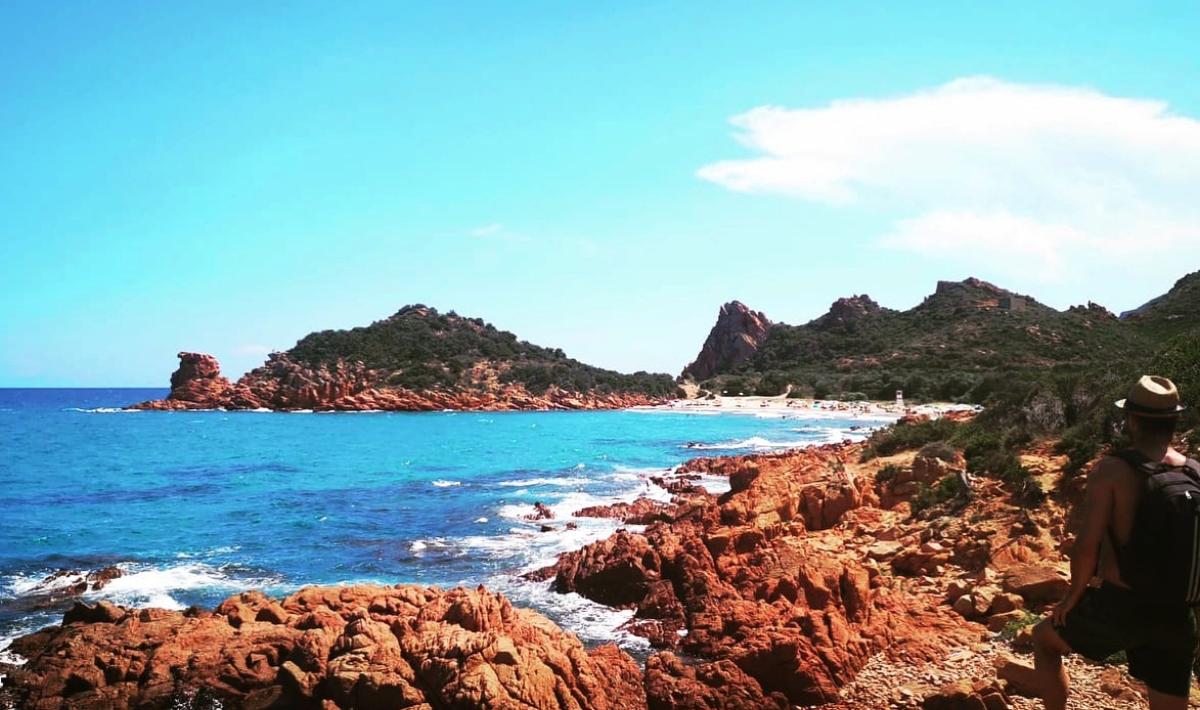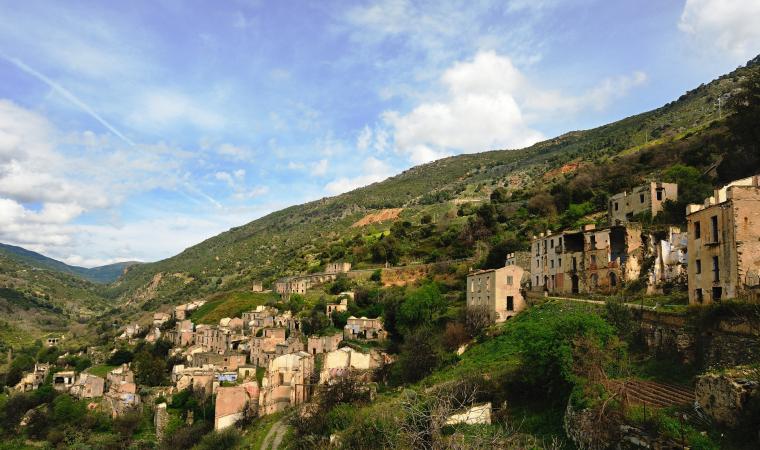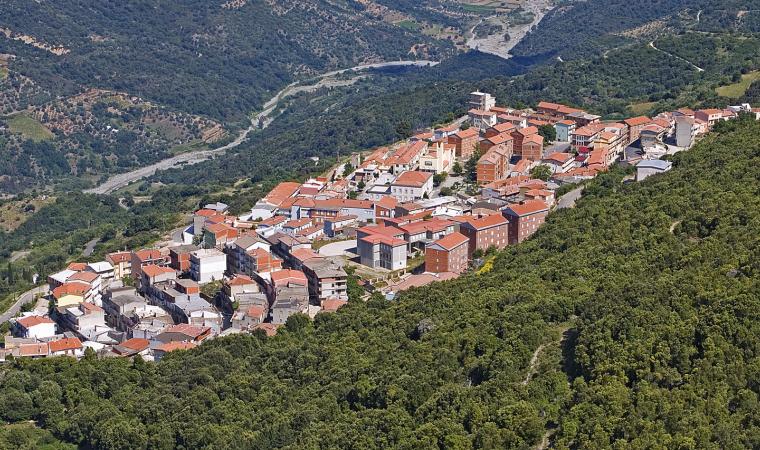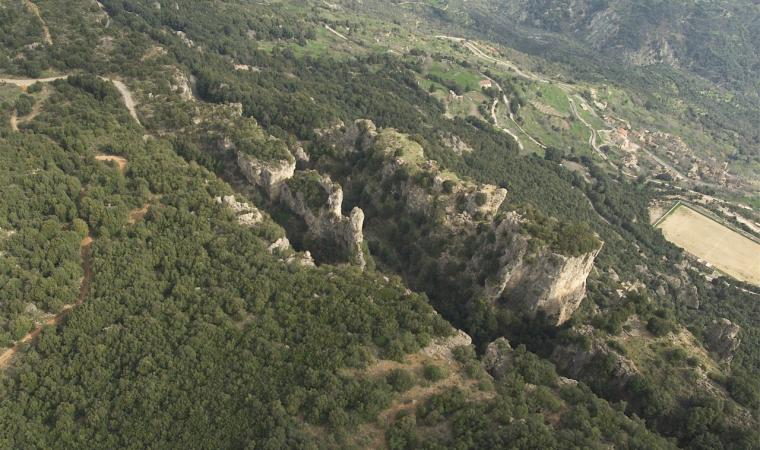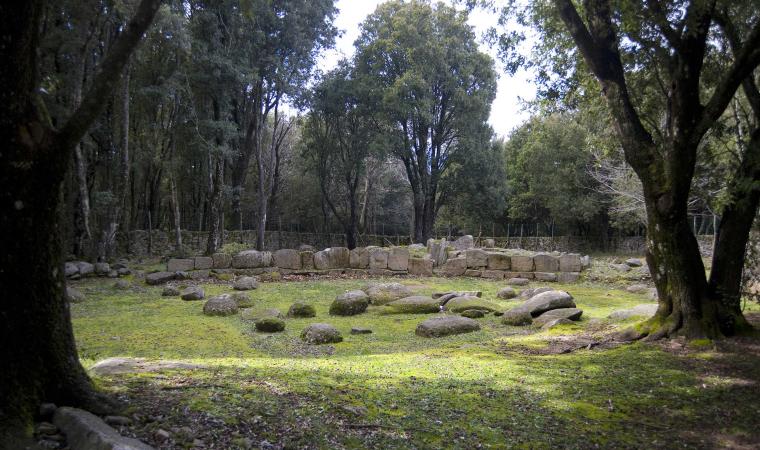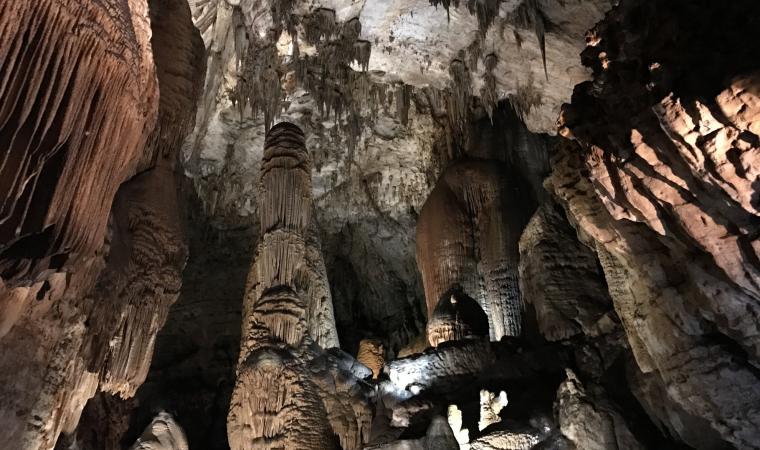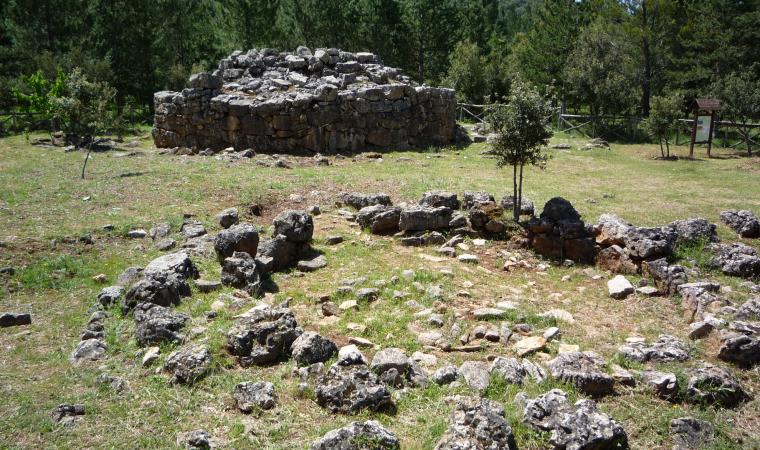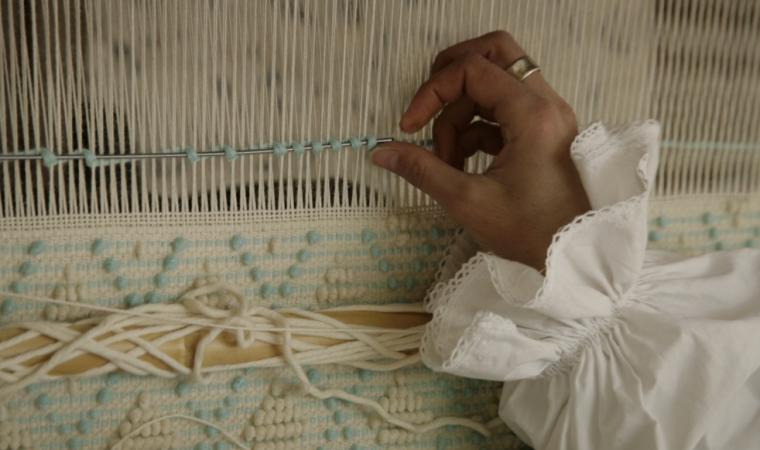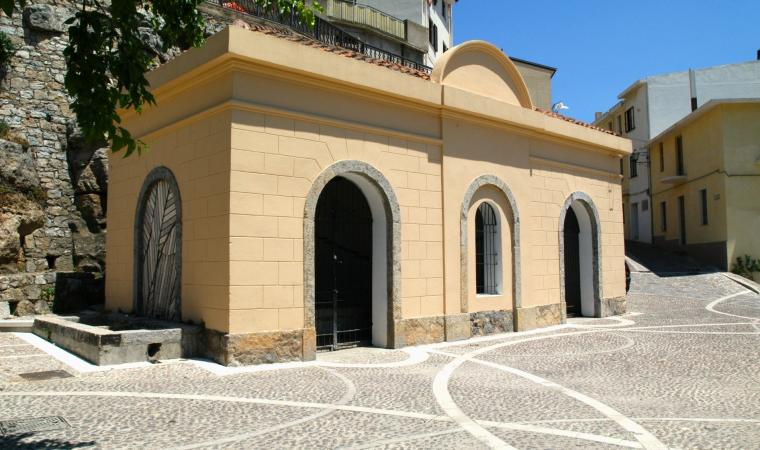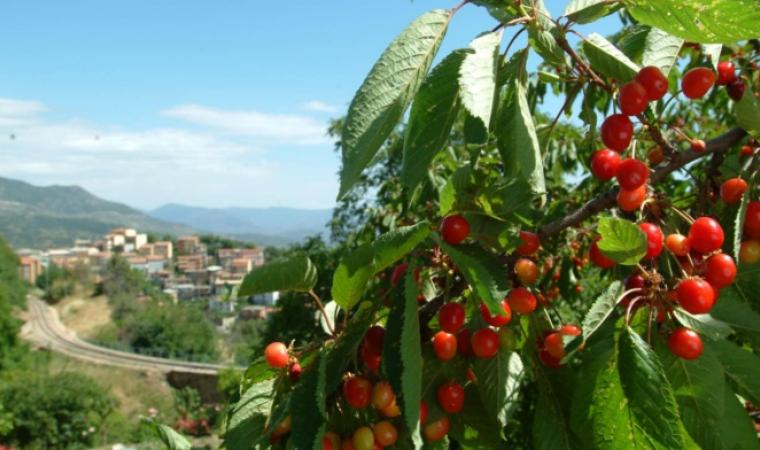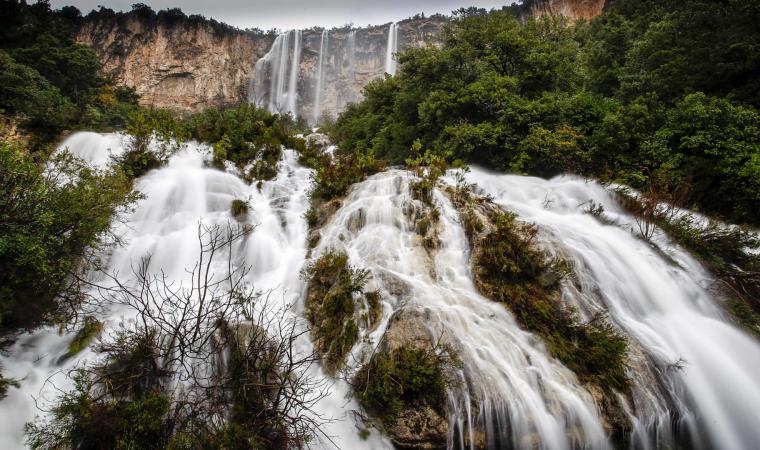The town itself climbs upwards along a deep gulley with 700 and 800 high walls that came about after landslides caused by torrential flooding in 1951. This forced Gairo Vecchia to be evacuated, and the remains are now a fascinating ghost town. Some of the inhabitants went to live on the coast and founded Cardedu, others went to Gairo Sant’Elena (or new Gairo), now with a population of 1,500. Eight kilometres further on is the suburb Gairo Taquisara, which has a Trenino Verde stop along the Mandas-Arbatax line. It was once the a stop along the shortest stretch of Sardinian railroad that took off from Gairo and followed the river Pardu to Jerzu, the end point and today a museum known as the Stazione dell’Arte (in the town of Ulassai).

